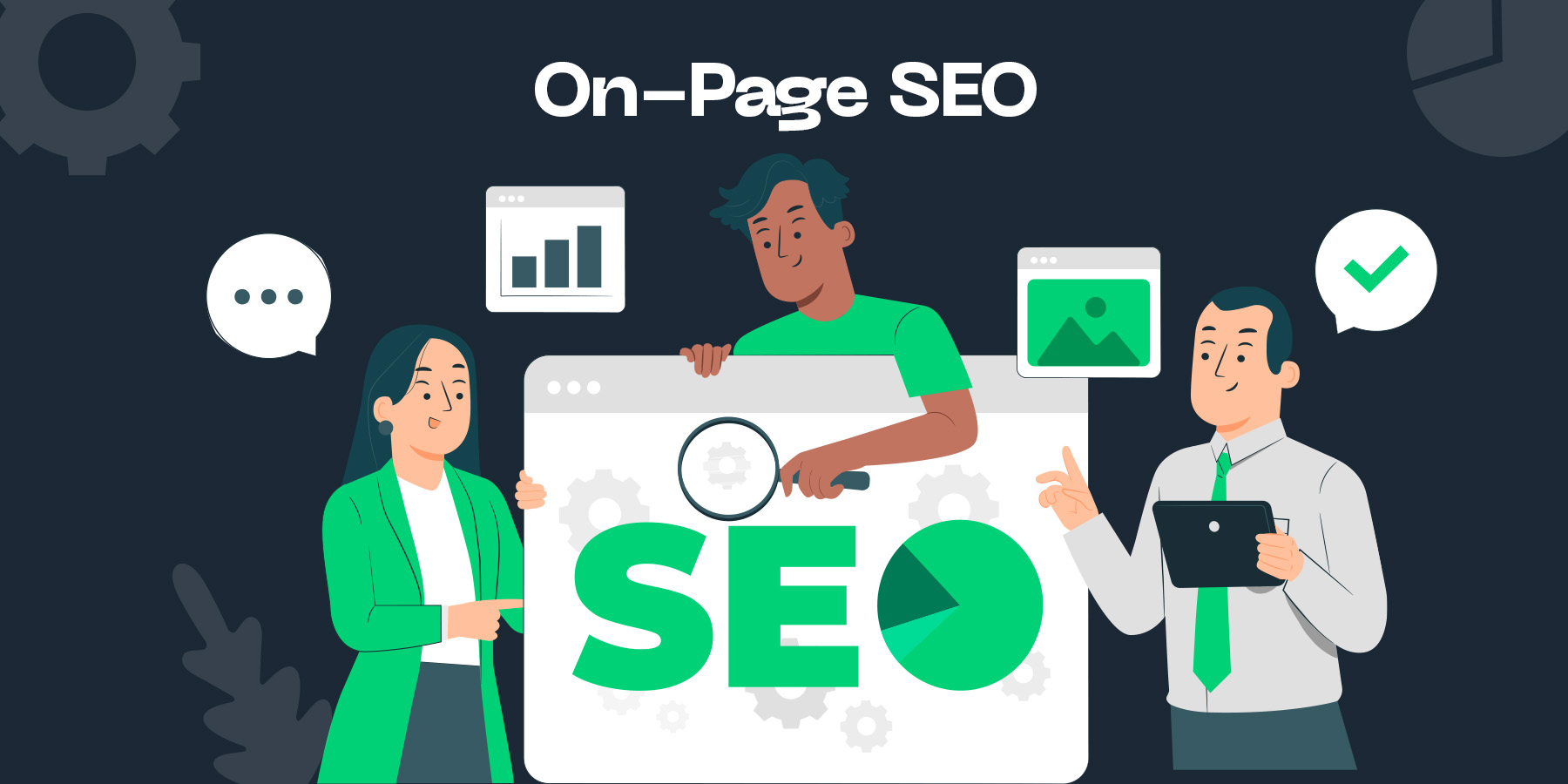Best On-Page SEO Strategies
If you want your website to rank higher on Google and attract more visitors, on-page SEO is where you start. These strategies focus on optimizing elements within your website to improve visibility, relevance, and user experience. The good news? You don’t need a huge budget—just a smart plan and consistent execution.
Here’s a breakdown of the best on-page SEO strategies that will help you gain a competitive edge and increase organic traffic.
What Is On-Page SEO?
On-page SEO refers to the practice of optimizing individual web pages to rank higher in search engines and earn more relevant traffic. Unlike off-page SEO, which deals with external links and signals, on-page SEO is entirely under your control.
It involves optimizing content, HTML tags, images, internal links, and page structure to make your site more accessible and attractive to both users and search engines.
Use Targeted Keywords Strategically
Effective on-page SEO starts with the right keywords. But using them correctly is just as important as choosing them.
How to do it right:
-
Include your primary keyword in the title tag, meta description, URL, and first 100 words of your content
-
Use LSI (Latent Semantic Indexing) keywords to give context and depth
-
Avoid keyword stuffing—focus on natural usage
-
Create content around long-tail keywords for higher relevance and lower competition
When you place keywords strategically, search engines can better understand what your page is about, making it easier to rank.
Write SEO-Optimized Title Tags and Meta Descriptions
Your title and meta description are what users see in search results. Make them count.
Best practices:
-
Keep the title tag under 60 characters and include your primary keyword
-
Write a compelling meta description (under 160 characters) to encourage clicks
-
Make each title and description unique for every page
-
Use action words and power phrases to stand out
These elements may not directly influence rankings, but they affect click-through rates, which can impact your SEO over time.
Use Header Tags to Organize Your Content
Google favors well-structured content. Using header tags (H1, H2, H3) helps both users and search engines navigate your content easily.
Structure example:
-
H1 for the main title of the page (only one per page)
-
H2s for subheadings that introduce major sections
-
H3s and beyond for sub-sections or detailed points
Use keywords naturally within headers, but prioritize clarity and flow. A clean hierarchy improves readability and increases the chances of getting featured snippets.
Optimize Your URLs
A clean, keyword-rich URL gives both users and search engines a better understanding of your page’s content.
URL optimization tips:
-
Keep it short and descriptive
-
Use hyphens to separate words
-
Avoid unnecessary numbers or symbols
-
Include your main keyword
-
Make it easy to read and remember
For example, use /best-on-page-seo-strategies instead of /page?id=1234.
Improve Internal Linking
Internal linking helps distribute page authority and keeps users engaged longer by guiding them to other relevant pages.
Internal linking benefits:
-
Improves crawlability for search engines
-
Enhances user experience by guiding visitors
-
Boosts SEO by passing link equity between pages
Link naturally to important pages using descriptive anchor text. The goal is to create a web of content that flows logically.
Optimize Images for SEO
Images enhance engagement, but they also offer SEO opportunities.
Image optimization checklist:
-
Use descriptive filenames with keywords
-
Add alt text to describe the image and boost accessibility
-
Compress images to improve page speed
-
Choose the right format (e.g., JPEG for photos, PNG for graphics)
Optimized images not only improve page performance but also help your content appear in Google Image Search.

Create High-Quality, User-Focused Content
At the heart of all on-page SEO is content. To rank well, your content needs to meet the user’s intent and provide genuine value.
What makes content SEO-friendly?
-
Original and well-researched
-
Written in a clear, conversational tone
-
Includes visual elements like images or infographics
-
Offers answers, solutions, or insights users are looking for
-
Structured with bullet points, short paragraphs, and clear subheadings
Google rewards content that’s written for humans first and search engines second.
Use Schema Markup
Schema markup is a type of structured data that helps search engines better understand your content and display rich results (like star ratings, FAQs, or event info).
Benefits of schema:
-
Enhances visibility with rich snippets
-
Improves click-through rates
-
Provides more detailed context to search engines
Implement schema based on your content type—articles, products, reviews, events, etc.—using tools like Google’s Structured Data Markup Helper.
Optimize for Mobile and Speed
Google uses mobile-first indexing, meaning it prioritizes the mobile version of your site. If your site isn’t optimized for mobile users, your rankings could suffer.
To ensure optimal performance:
-
Use responsive design
-
Avoid intrusive pop-ups
-
Optimize loading speed with caching and compression
-
Use a reliable web host and CDN (Content Delivery Network)
Fast-loading, mobile-friendly websites provide a better user experience, leading to longer session durations and lower bounce rates.
Final Thoughts
Mastering the best on-page SEO strategies is essential for increasing your site’s visibility and driving targeted traffic. The best part? These are things you can control directly. From optimizing content and headers to improving user experience and page speed, each element plays a critical role.
Focus on consistent improvement and always create with your audience in mind. When you align quality content with smart SEO practices, your website won’t just rank higher—it will also convert better and perform stronger over time.



